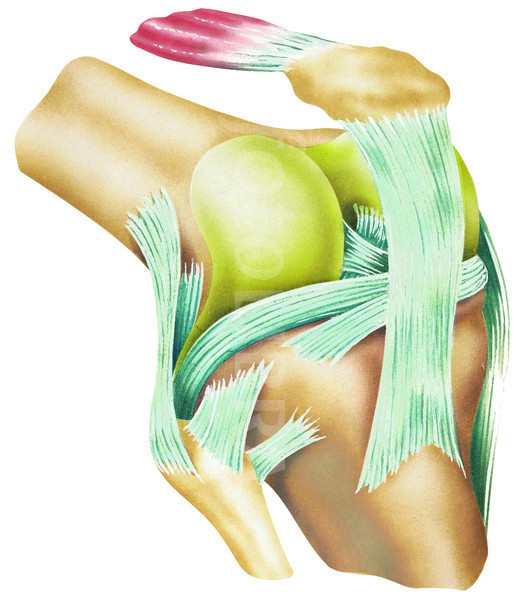 As Chief CRNAs, we are tasked with many roles and responsibilities. In addition to clinical case management, we are tasked with additional duties that included personnel management, scheduling, recruiting, supplies, HR issues, and much more. It is easy to become so involved in the daily work load that we lose sight of the looming threat related to survival of the work group. Across the country, large, for profit management firms are writing contracts with the hospitals and displacing long standing work groups. Market place competition is no longer between CRNA and MDA groups, but between local management versus takeover by a larger group with regional or national interests.
As Chief CRNAs, we are tasked with many roles and responsibilities. In addition to clinical case management, we are tasked with additional duties that included personnel management, scheduling, recruiting, supplies, HR issues, and much more. It is easy to become so involved in the daily work load that we lose sight of the looming threat related to survival of the work group. Across the country, large, for profit management firms are writing contracts with the hospitals and displacing long standing work groups. Market place competition is no longer between CRNA and MDA groups, but between local management versus takeover by a larger group with regional or national interests.
Tony Mira writing in the Anesthesia Insider blog makes the following statement:
“While the business of health care continues to evolve, there is perhaps no part of it changing faster than anesthesia. Numerous factors are quickly shifting the market towards an even more competitive and demanding landscape. The days of anesthesia groups simply providing clinical coverage in a hospital’s operating rooms are, for better or for worse, drawing to a close.”
He goes on to identify factors such as the expanded areas of coverage within the hospital, expanded roles of anesthesia providers, change in reimbursement levels and continued cuts in Medicare as factors that threaten the local work group. The trend is for small practices to be taken over by for profit organizations. The defense may be the merger of your group with other small work groups in your geographic area forming a larger, cohesive group.
The following are advantages of merging small groups into one organization:
One cost for management of the entire consolidated group
Single cost for billing, HR, credentialing, privileges, recruiting
Larger group generates a larger database for QA
leverage in contract negotiation for supplies
Leverage to negotiate a better benefits package
Cross coverage between hospitals within the organization for vacation / sick coverage
Larger group has increased security and is at less risk for takeover by a for profit organization
As Chief CRNAs, it is essential that we are proactive and have a positive working relationship with Hospital administration. Those in an Anesthesia Team environment must have a seat at the table when management decisions are made. Working with the Department Chair for the common good is essential. Those in an all CRNA practice must remain vigilant to the threat of takeover and form strong coalitions with other CRNA groups and even consider maintaining your own identity while merging with larger team oriented groups. The threat is real. Make sure Hospital administration knows the value you add to the organization and maintain a high level of awareness related to a potential take over by an Anesthesia corporation.
Click here to read the full article by Tony Mira














